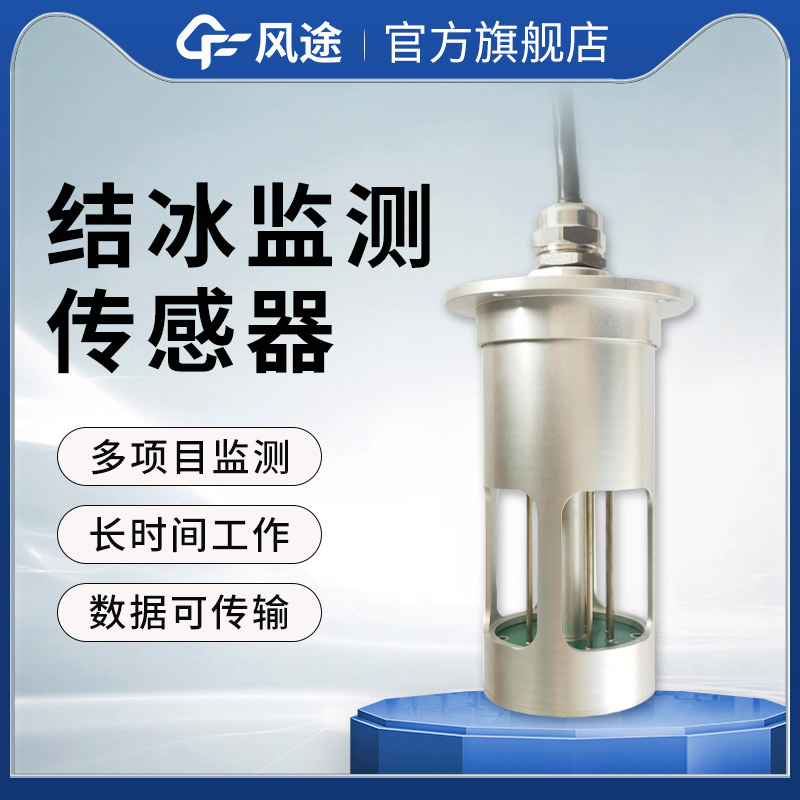Meteorological environment monitoring equipment supplier
Insist on doing high-precision customer favorite technology products
In some special regions , the fan blades may ice up. In winter, when it is cold and humid and the temperature drops suddenly, ice layers tend to accumulate on the blades, severely affecting the power generation of wind turbines. In severely frozen areas, the annual power generation loss can reach 8% - 10%.
To prevent the icing of wind turbine blades, several methods are available. Firstly, coating coverage. Drawing on aviation experience, a hydrophobic medium is applied to the blade surface to make it difficult for water to adhere, reducing the icing probability from the source. Secondly, warm air heating. A blower is installed near the connection between the wind turbine hub and the blade root. When the temperature is low, hot air is blown into the blade cavity to raise the temperature and remove the ice. However, this method is more suitable for small-megawatt wind turbines. For today's large blades that are often hundreds of meters long, the heat transfer is uneven and the effect is not so good. Thirdly, electric heating wire heating. Electric heating wires are embedded when the blades are manufactured. Once signs of icing are detected, electricity is immediately supplied to generate heat, melting the ice layer and ensuring the stable operation of the wind turbine.
In addition, it is very necessary to conduct icing monitoring of the blades. Because it can ensure the safety of the wind turbine and avoid component damage caused by icing; maintain power generation efficiency and reduce power generation losses; optimize operation and maintenance strategies and arrange deicing reasonably; stabilize the power grid, issue warnings for power fluctuations, allowing all parties to respond in advance and ensure the stable operation of wind power.
This requires an instrument - Detecting Ice on Wind-turbine Blades.
It adopts microwave detection technology. By virtue of the different feedback information of microwave signals for substances such as ice, water, and air, it accurately monitors the icing conditions in the sensitive area of the sensor. Based on the signal strength and icing distribution information, it precisely calculates the icing thickness. The detection resolution reaches 0.01 mm, and it can measure ice layers up to 30.00 mm thick. Generally installed on the blades of wind power generating units, by measuring its own icing situation, it can equivalently judge the icing state at the blade position. This sensor has many advantages. It combines multiple functions. It can not only detect the icing thickness but also identify weather conditions such as rain. It also has functions for detecting temperature, battery voltage, and charging voltage, and automatically transmits measurement data at regular intervals. It is lightweight, with a weight ≤ 210 g. Its flexible design makes it easy to closely adhere to the blade, with a thickness less than 15 mm. It uses the same coating as the blade and can be installed at different positions on the blade and tower. In terms of power supply, the embedded battery has a standby time > 72 hours and is equipped with a photovoltaic charging module combined with solar power supply. For data transmission, wireless 433 or Lora wireless communication is used, with an air rate of 10 K and a communication distance > 100 meters (unobstructed). The protection level reaches IP66, and the working temperature is -40 °C~65 °C. It can also combine the information of micro meteorological stations to provide all-round and powerful support for wind power generation operation and maintenance.
